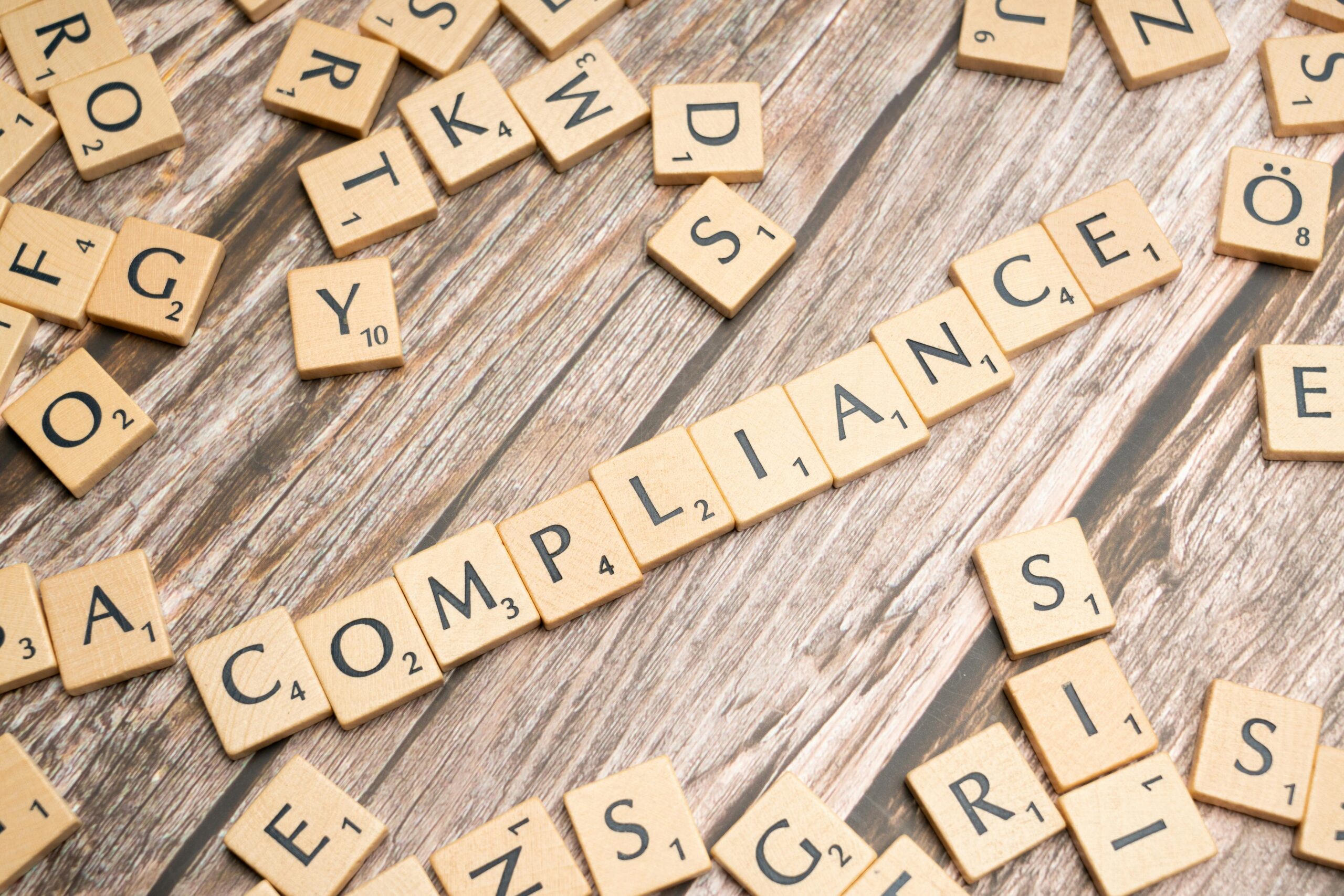
The SEC Cybersecurity Disclosure Rule 2024 Breakdown
The digital age has opened doors to innovation, but also exposed businesses to ever-evolving cyber threats. These threats can disrupt operations, steal data, and damage reputations. In response, the Securities and Exchange Commission (SEC) enacted a new rule requiring public companies to disclose material cybersecurity incidents. This blog explores the rule, its implications, and how businesses can prepare for compliance.
The Importance of the Rule
The “Cybersecurity Risk Management, Strategy, Governance, and Incident Disclosure” rule recognizes the significant impact cyber incidents can have on public companies. By promoting transparency and accountability, the SEC aims to encourage responsible management of cybersecurity risks.
Understanding Materiality
A key aspect of the rule is the concept of “materiality.” This term, used by the SEC with an investor focus, refers to information that could influence investment decisions or shareholder votes. Simply put, if something would concern the CEO and top executives, it’s likely material. Determining materiality is a collaborative effort involving corporate officers, the board of directors, and cybersecurity and technology leaders.
Who is Impacted?
While the rule primarily applies to public companies, its reach extends further. Suppliers and vendors of public companies are also impacted, as they will be expected to provide details on their cybersecurity practices to ensure compliance. The rule’s influence may even extend beyond the US, as regulations like this often-become industry standards.
Beyond Compliance: An Ethical Obligation
Regardless of legal requirements, all companies have an ethical obligation to disclose material cyber incidents. They also have a responsibility to monitor vendors and partners and communicate transparently with customers to maintain security.
Preparing for Compliance
Although a one-size-fits-all solution doesn’t exist, following these best practices can help public companies navigate the path to compliance:
- Form a dedicated team: Create a cross-functional team to bridge communication gaps between business leaders and security teams. This team should develop a comprehensive understanding of the existing security programs and communicate them clearly to the board and C-suite.
- Consider adding cybersecurity expertise to the board: While not mandatory, adding cybersecurity experts to the board or bringing in advisors can significantly benefit an organization. This expertise can help refine cybersecurity programs and processes, and accelerate the response to security challenges.
- Update your 8-K filing process: The 8-K form now requires detailed information about material cybersecurity incidents, including their nature, scope, timing, and potential financial impact. Updating the existing 8-K filing process will ensure seamless compliance.
Conclusion
The SEC’s new rule signifies a critical step towards strengthening cybersecurity in the corporate world. As a public company, staying informed, preparing an action plan, and fostering collaboration between leadership and security teams are crucial for achieving compliance and protecting your organization from cyber threats.
Navigating the complexities of the SEC’s new rule can be challenging. PivIT Strategy, a leading cybersecurity consulting firm, can help your organization navigate the process with ease. By partnering with PivIT Strategy, you can gain the peace of mind of knowing you are in compliance with the SEC’s new rule and taking proactive steps to protect your organization from cyber threats.
